Page Created by Connecticut Foraging Club
Upcoming Events | Meet the Instructors | Plant Archive | Mushroom Archive
----------------
Upcoming Events | Meet the Instructors | Plant Archive | Mushroom Archive
----------------
Shagbark hickory (Carya ovata) is a native tree with edible nuts and bark that can be used to make a maple syrup substitute.
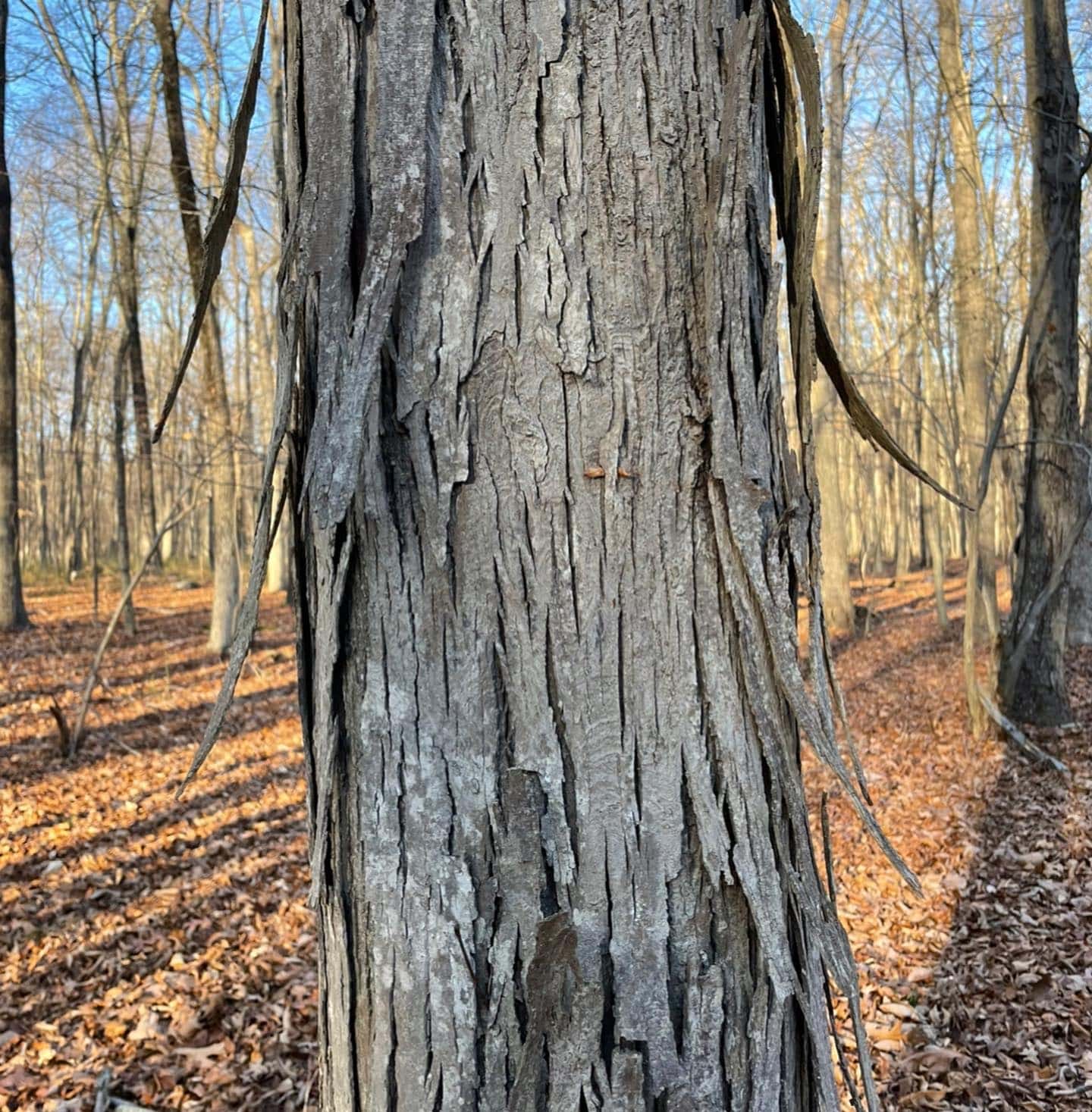
Shagbark hickory is one of the easiest trees to identify with its bark that peels off the tree. In the summer, the tree has leaves with five leaflets.
In the fall, Shagbark hickory produces edible nuts that are related to pecans. The nuts are ready to forage when they start to drop off the tree in September-October. The nuts grow in husks that are about two inches in diameter. Trees in sunny areas will produce more nuts.
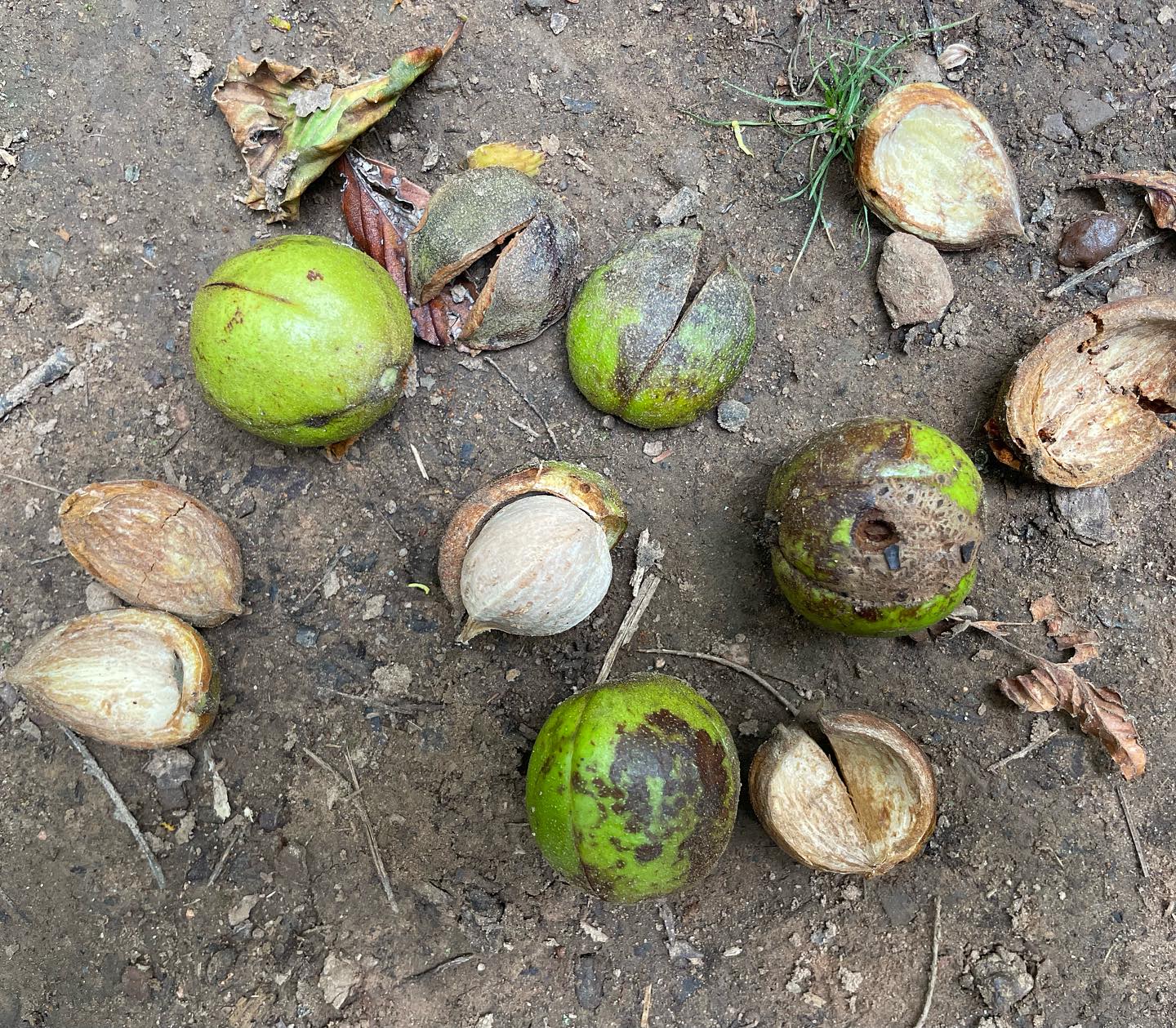
To utilize the nuts, remove them from the husks and place the nuts in a tub of water. Discard any nuts that float. The nuts can then be dried in the sun for 1-2 weeks. This will cause the kernels to shrink from the walls of the shell, making removing the nut much easier. Dried nuts will last at room temperature for a few months. Nuts kept in the freezer will last for years.
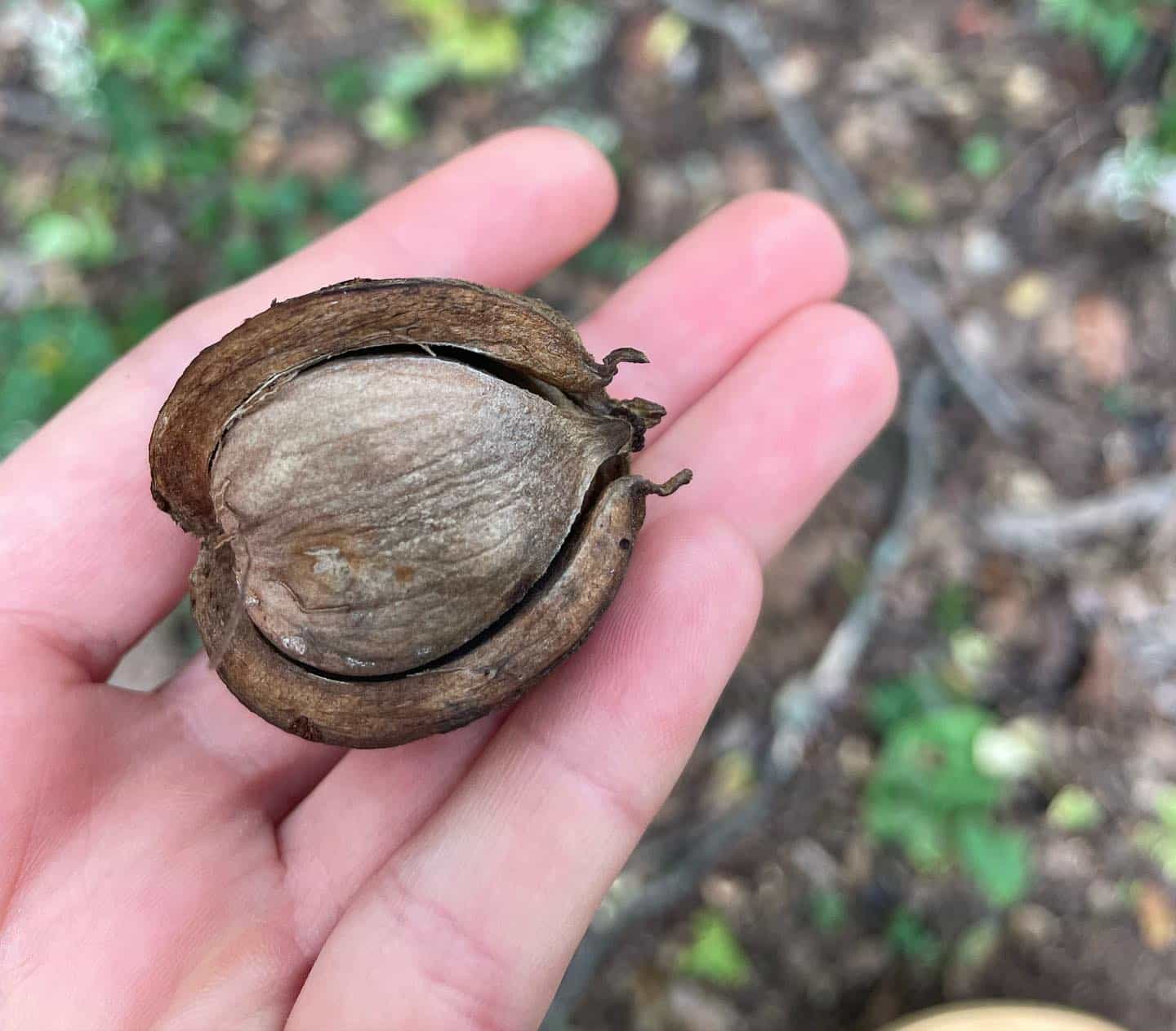
Shagbark hickory nuts taste similar to pecans. Hickory nuts can be used in place of pecans in recipes. They can also be used to make Kanuchi, a type of hickory nut milk made by Cherokee people. No type of hickory nut is poisonous to humans.
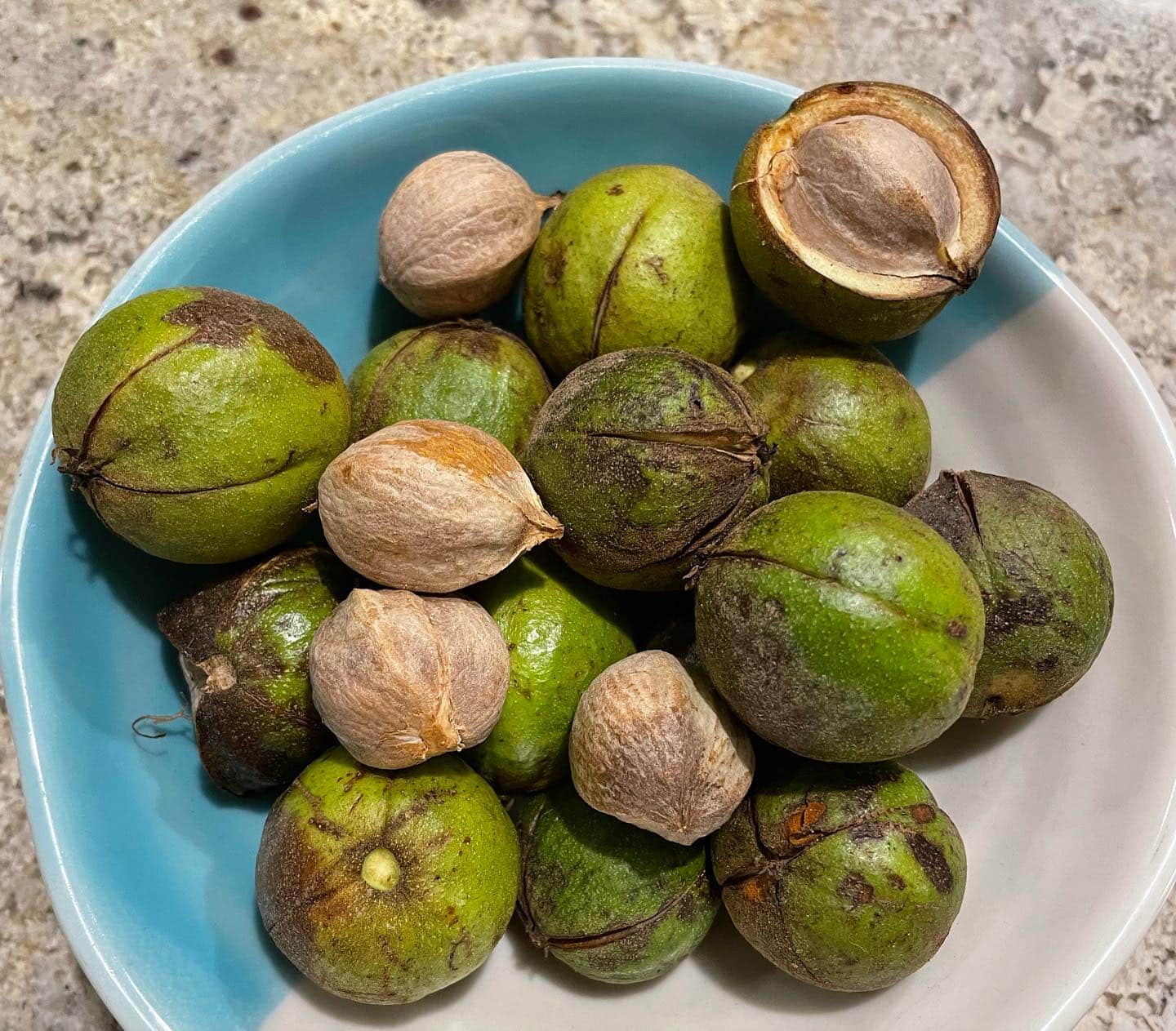
Shagbark hickory also has bark that can be foraged year-round to make hickory syrup or hickory-smoked meats. Only harvest pieces of bark that are hanging off the tree. Never peel bark that is firmly attached to the trunk.
To make syrup, scrub the bark and soak for 15 minutes. Roast the bark in the oven at 375 degrees F for 30 minutes. You can blowtorch a few pieces of bark to add a smoky flavor to the syrup.
Break up the roasted bark into smaller pieces and simmer in water for 30 minutes. Strain out the bark and add equal parts hickory tea and sugar to a pot. Simmer until reduced by half.
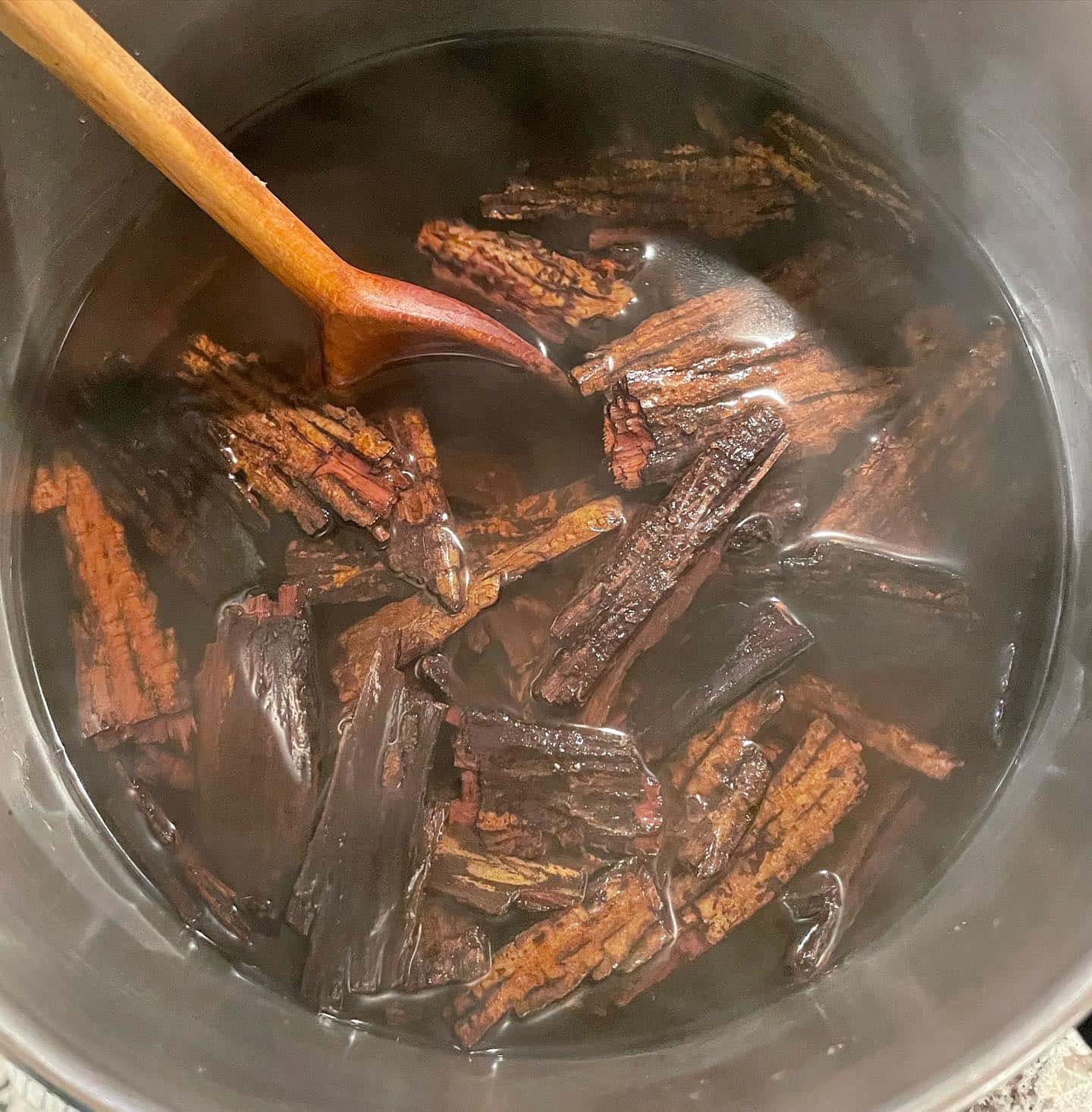
Shagbark hickory syrup can be used in place of maple syrup. It is great in cookies, desserts, ice cream, and cocktails!
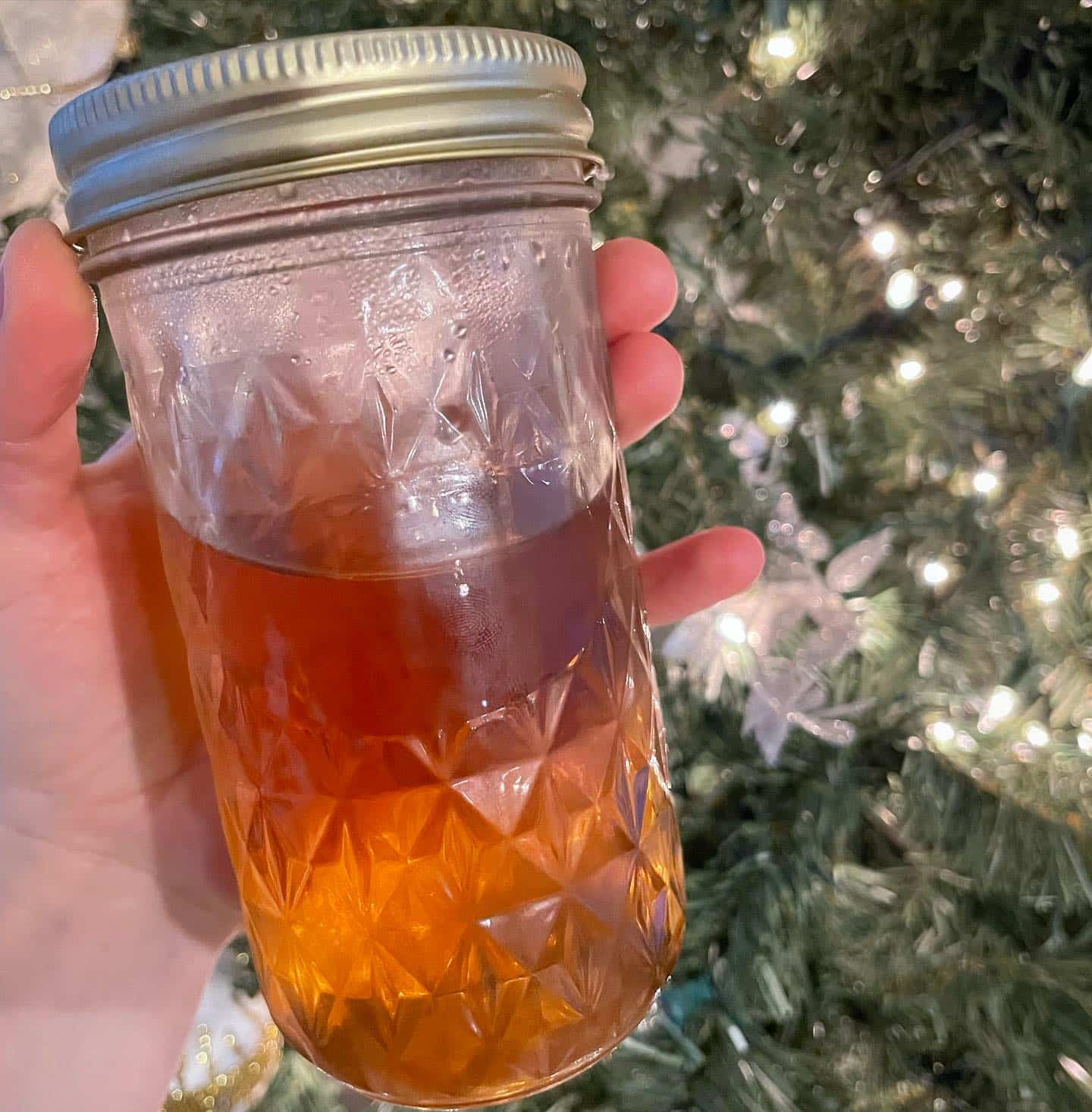
--
Written by Amy Demers, founder of the Connecticut Foraging Club. To learn more about foraging in Connecticut, check out our upcoming classes.






